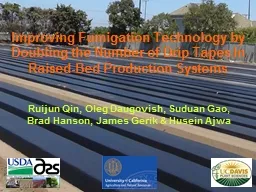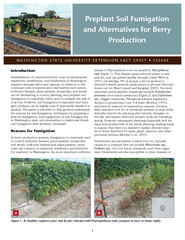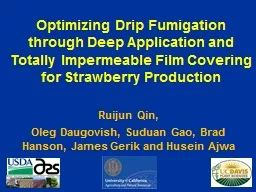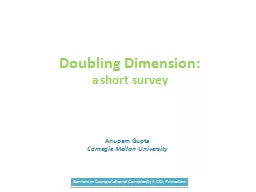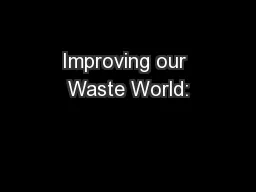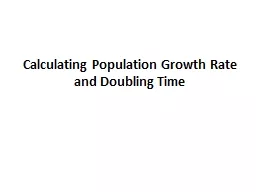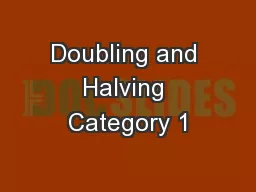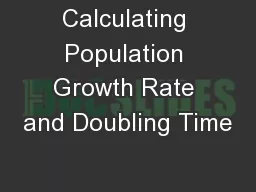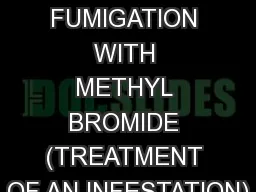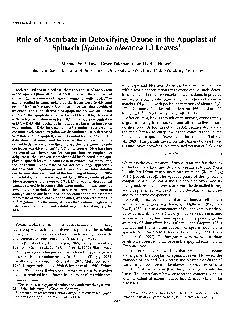PPT-Improving Fumigation Technology by Doubling the Number of D
Author : alida-meadow | Published Date : 2016-04-24
Ruijun Qin Oleg Daugovish Suduan Gao Brad Hanson James Gerik amp Husein Ajwa Introduction California Strawberry in 2013 26 billion 88 of the Nations 40000 acres
Presentation Embed Code
Download Presentation
Download Presentation The PPT/PDF document "Improving Fumigation Technology by Doubl..." is the property of its rightful owner. Permission is granted to download and print the materials on this website for personal, non-commercial use only, and to display it on your personal computer provided you do not modify the materials and that you retain all copyright notices contained in the materials. By downloading content from our website, you accept the terms of this agreement.
Improving Fumigation Technology by Doubling the Number of D: Transcript
Download Rules Of Document
"Improving Fumigation Technology by Doubling the Number of D"The content belongs to its owner. You may download and print it for personal use, without modification, and keep all copyright notices. By downloading, you agree to these terms.
Related Documents

